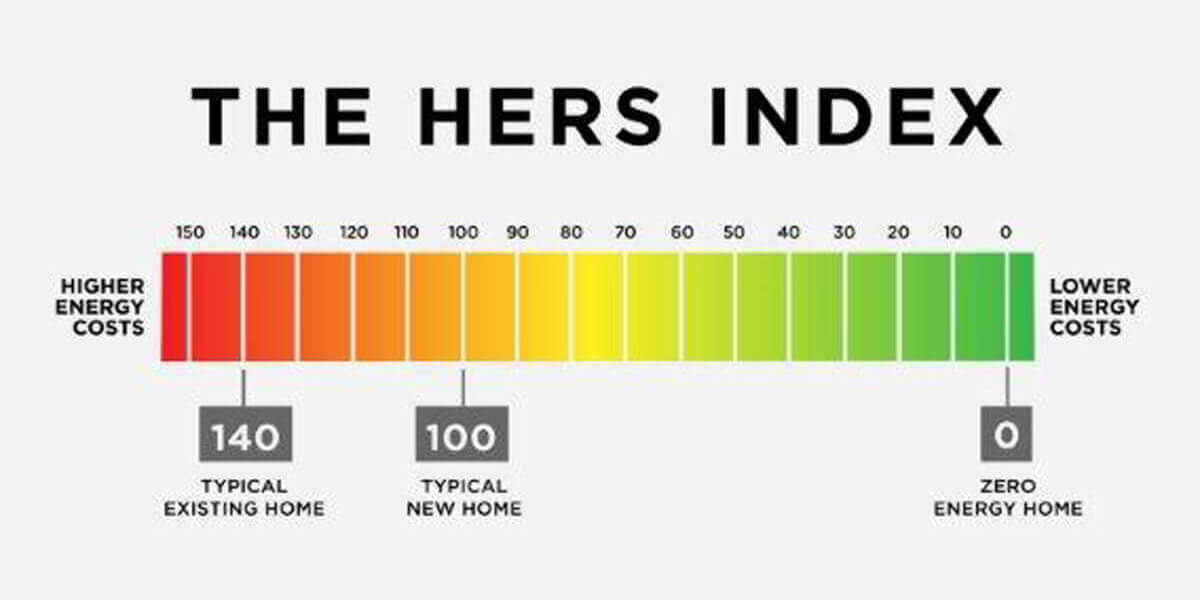If you feel cold air blowing into your warm home when your heat is on, it’s time to consider sealing off the trouble spots for air leakage—both internal and external. Air not only leaks from outside into your home, it also flows throughout your home and changes the inside temperature. There are many methods (such as a blower door) that help find the most troublesome spots to seal off first.
One common place that needs sealing is between the air barrier and thermal barrier in your home. In other words, air flows between the outside wall and the inside wall. While each barrier works to keep air out, the space in between allows unwanted airflow. One easy fix for sealing this problem spot is insulating the cavities in these walls. This will slow the air in between the barriers while allowing each wall to do its job of stopping airflow from outside.
The next trouble spots come from the upper part of your home: your attic. Your attic walls and door allow air to flow through them and escape when they are not properly sealed. Due to the stack effect, hot air rises and exits through your attic. By both sealing the air leakage sites and insulating your attic, you can stop keep the warm air inside your home this winter.
Continuing to look up: if you have a year-round porch, the ceiling could be letting all of the heat out. What’s the point of having a year-round porch if it feels just like the winter weather? Porch ceilings must be sealed and insulated in order to keep the heat in. The purpose of having a year-round porch is for it to be a comfortable temperature all year. By sealing and insulating, you can make sure that the temperature of your porch stays constant and remains a comfortable place to be, even in the winter.
People often go to seal windows and doors—which are major trouble spots—but forget about the actual walls and floors of their home. Walls within your home are major culprits of air leakage. Sealing inside your walls and floors is easy with insulation. Sealing cracks also stops unwanted airflow between your walls. One especially pesky wall is the wall between the inside of your home and your garage if they are connected. This wall is often looked past, but is a very important place to seal in order to keep your home warm.
Sealing off air leakage in your home not only makes you more comfortable during the cold months, it is a cost-effective way to save energy. It will cut both your heating and cooling bills while improving your home’s overall feeling. Here at Dolphin, we find the places in your home that allow leakage and cut off this airflow by sealing your home’s envelope.















